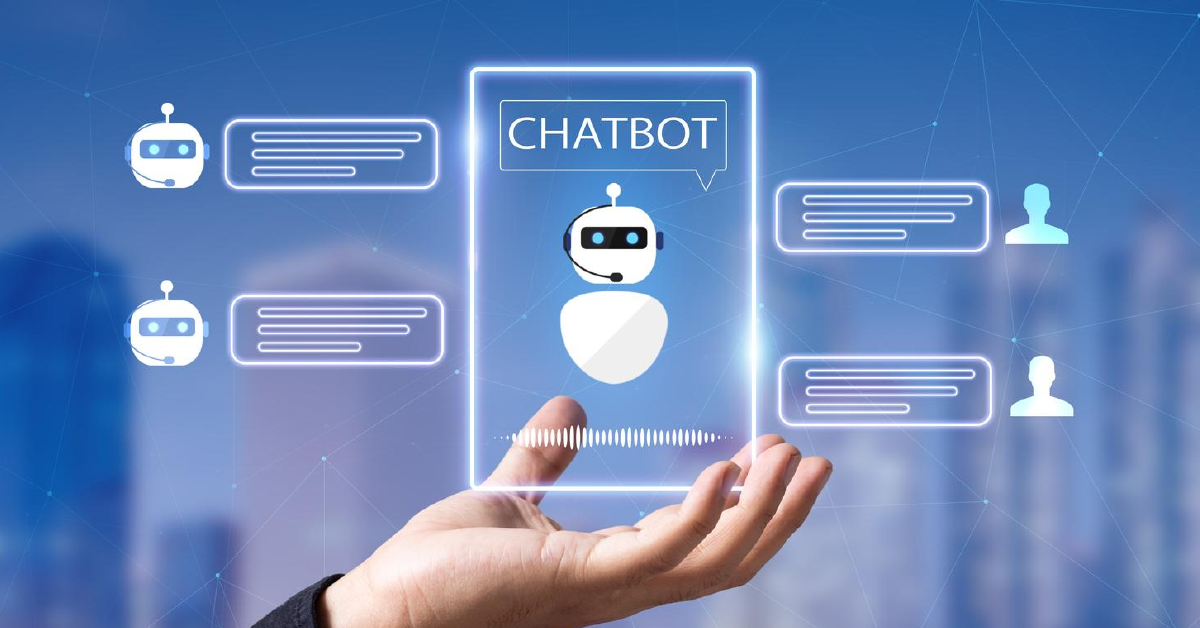Chat GPT in Statistical Perspective: Redefining Intelligent Solutions

4 min read
Chat GPT is an advanced language model developed by OpenAI that utilizes deep learning techniques to generate human-like responses in conversational contexts. It is trained on a massive corpus of text data, enabling it to understand and generate coherent and contextually relevant responses. In this blog post, we will delve into the world of Chat Generative Pre-trained Transformer, an innovative AI language model developed by OpenAI. Here, will explore the statistical perspective of GPT and how it is redefining intelligent solutions in various domains. From understanding the inner workings of ChatGPT to its applications and limitations, this comprehensive guide will provide you with valuable insights into this remarkable technology.
What are the Statistical Foundations of Chat GPT?
ChatGPT is built upon strong statistical foundations, leveraging advanced techniques in natural language processing and machine learning. Understanding its statistical underpinnings is essential for appreciating its capabilities and the intricacies of its operation.
-
Transformer Architecture
The Transformer architecture is the foundation of ChatGPT. Presented in the publication “Attention is All You Need” by Vaswani et al., this architecture transformed problems related to natural language processing. By weighing the significance of several phrases in a sequence, the transformer’s attention mechanism enables the model to capture long-range dependencies and enhance contextual knowledge.
-
Pre-training and Fine-tuning
The statistical prowess of ChatGPT is a result of its training on vast and diverse datasets. The model has been exposed to a wide range of text from the internet, books, articles, and more. This extensive training data enables artificial intelligence to learn statistical patterns, syntactic structures, and semantic relationships present in natural language.
-
Language Modeling Objectives
The language modelling objectives employed during training help conversational GPT learn how to predict the next word in a sentence based on the context. It enables the model to generate coherent and contextually relevant responses during conversations.
-
Unsupervised Learning
Discussion GPT is primarily trained using unsupervised learning, meaning it doesn’t rely on explicit labels for its training data. Instead, it learns from the raw text data by predicting the next word in a sequence. This unsupervised approach allows the model to discover patterns and associations in the data, contributing to its statistical understanding of language.
-
Attention Mechanism
The attention mechanism in the transformer architecture is a key statistical component. It allows them to focus on different parts of the input sequence when generating each part of the output sequence. This attention to context is important for the model’s ability to understand and generate coherent and contextually relevant responses.
-
Probabilistic Output
When generating responses, it doesn’t provide deterministic answers. Instead, it produces probabilistic outputs, assigning likelihoods to various possible tokens. This probabilistic nature reflects the statistical uncertainty inherent in natural language and enables the model to express a range of responses.
-
Addressing Biases
Chatbot GPT’s training data encompasses the biases present in the real world. Efforts have been made to address and mitigate biases, but the statistical nature of the model means it may unintentionally reflect or perpetuate certain biases present in the training data. Ongoing research and development aim to improve the model’s fairness and reduce unintended biases.
What are the Various Applications of Chat GPT?
One prominent use case is highlighted in the subsection on Customer Support and Chatbots. It proves invaluable in this context, as it can be leveraged for customer support chatbots, delivering quick and accurate responses to user queries. Its remarkable ability to understand context and generate human-like responses significantly elevates the overall customer experience.
Another noteworthy application is discussed in the Content Generation subsection. With its natural language generation capabilities, it becomes a versatile tool for content creation, aiding tasks such as article writing, email drafting, and creative writing. Its proficiency in streamlining content creation processes while upholding high quality makes it an asset in diverse content-related scenarios.
Moving on to Virtual Assistants, the subsequent subsection highlights Chat GPT’s foundational role in shaping personalized and interactive user experiences. The model’s advanced language understanding and generation capabilities enable virtual assistants to understand complex queries, execute tasks, and engage in meaningful conversations, thereby enhancing their utility and user satisfaction.
Lastly, the Language Translation subsection underscores GPT’s impact on facilitating language translation tasks. Leveraging its language modelling capabilities, the model generates accurate translations based on context and linguistic nuances. It showcases Chat GPT’s potential to contribute to more effective and contextually relevant cross-language communication.
Limitations of Chat GPT
Despite its impressive language generation capabilities, has several limitations that users should be aware of. Firstly, it lacks real-world understanding, relying on statistical patterns rather than genuine comprehension. Additionally, it can be sensitive to slight changes in input phrasing, and there is a risk of generating plausible-sounding but incorrect information. The model is also vulnerable to biases present in its training data. This vulnerability may result in the unintentional reinforcement of stereotypes. Importantly, it cannot ask clarifying questions for ambiguous queries, potentially leading to guesses rather than well-informed responses.
It tends to be overly verbose and has a limited memory span, struggling with coherence in longer conversations. While safety mitigations have been implemented, there is still a possibility of the model generating inappropriate or unsafe content. Lastly, it may find it challenging to handle specific commands or tasks requiring precise, step-by-step instructions. Users should approach the model with these limitations in mind. So, they should use it responsibly and strive to understand its strengths and weaknesses in various applications. Ongoing research aims to address these challenges and improve the model’s performance over time.
What are the Ethical Considerations and Mitigation Strategies Related to Chat GPT?
As with any AI technology, ethical considerations are paramount when using Chat GPT. Here are some strategies to mitigate potential risks:
-
Responsible Data Collection and Curation
Collecting diverse and representative datasets while carefully curating them can help mitigate biases and improve the overall performance and fairness of Chat GPT.
-
User Feedback Loops
Implementing user feedback loops allows users to provide corrections or flag problematic outputs. This enables continuous improvement and reduces the risk of harmful or misleading responses.
-
Transparency and Explainability
Promoting transparency by sharing information about how Chat GPT works, its limitations, and potential biases helps users better understand the chatbot technology and manage their expectations.
-
Human-in-the-Loop Approach
Integrating human reviewers or moderators in the chatbot channel can help filter out inappropriate or biased responses, ensuring that users receive accurate and respectful interactions.
Conclusion
Chat GPT represents a significant leap forward in natural language processing and intelligent solutions. Its statistical foundations, combined with its wide range of applications, make it a powerful tool for enhancing customer experiences, content generation, virtual assistants, and language translation tasks. However, it is crucial to consider its limitations and adopt responsible practices to ensure ethical deployment. By harnessing the potential of Chat GPT while being aware of its challenges, we can redefine intelligent solutions in numerous domains while prioritizing user satisfaction and safety.
Published: December 27th, 2023





